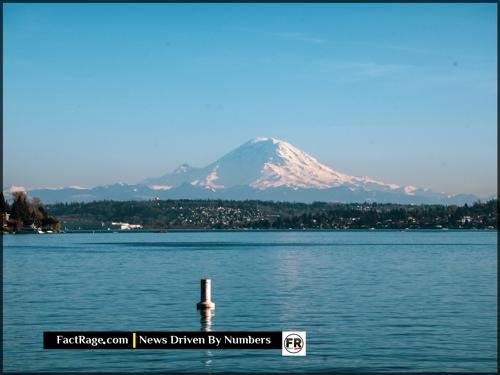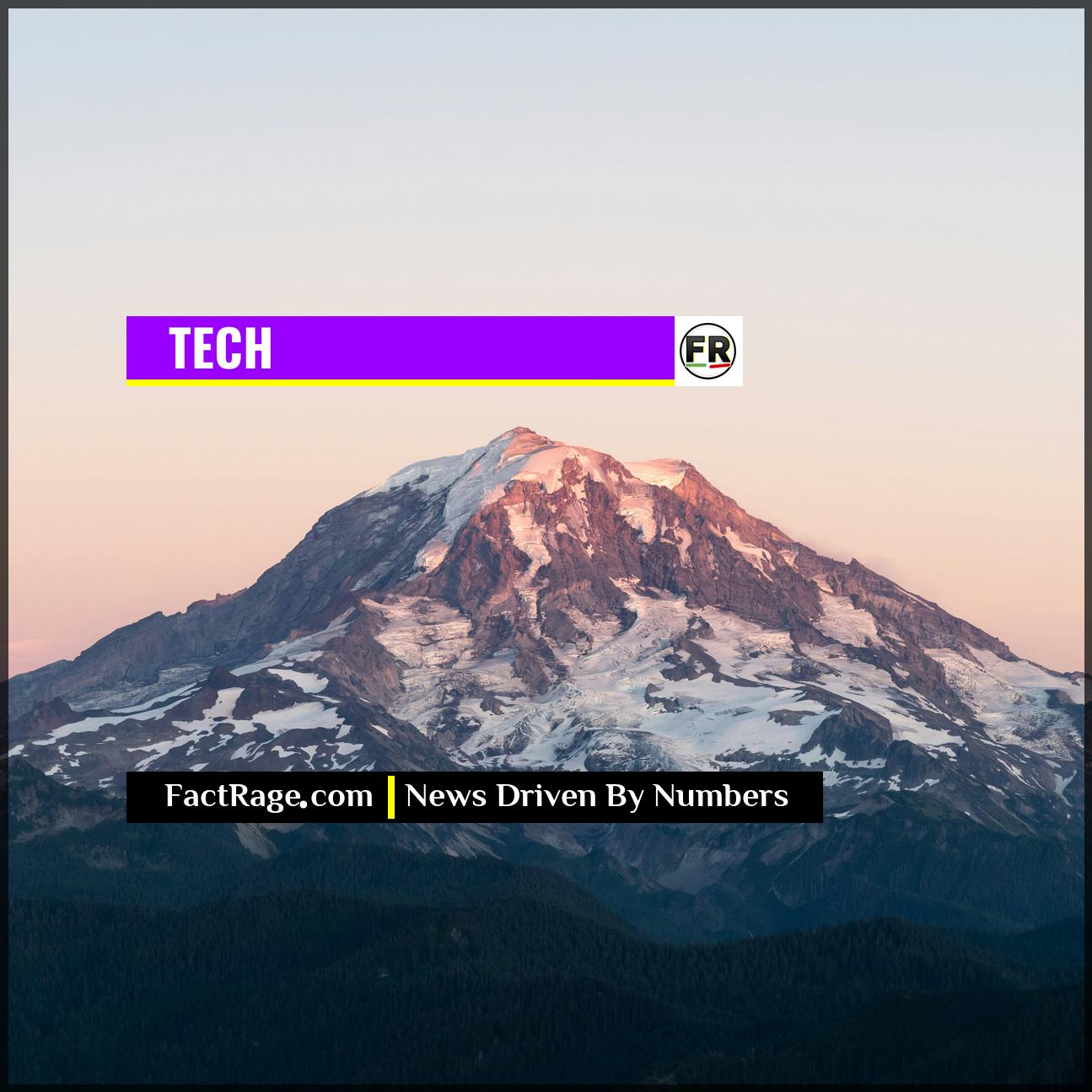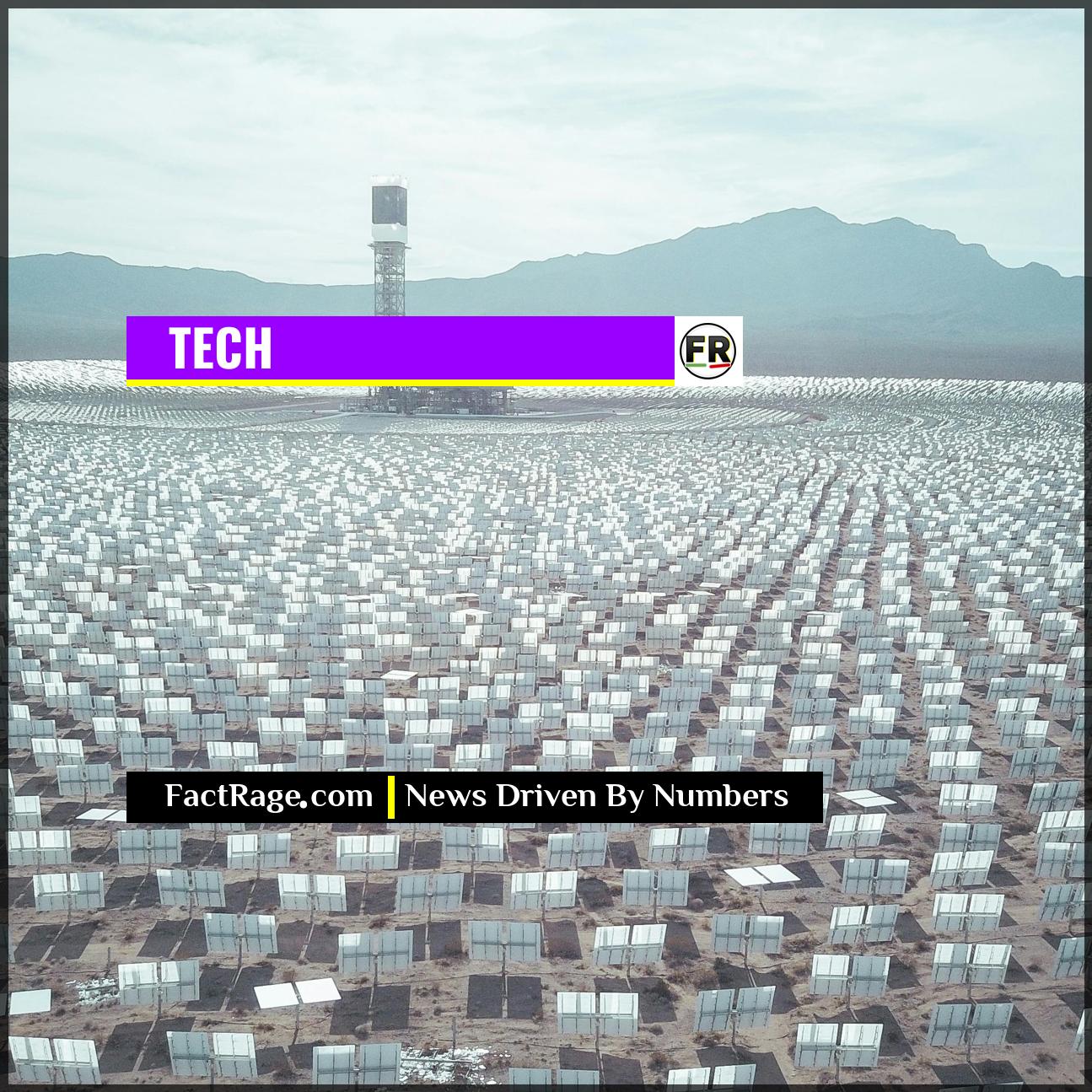MOUNT RAINIER, WA – A recent swarm of minor earthquakes deep beneath Mount Rainier has captured public attention, but geologists say these tremors are not signs of an impending eruption.
- Not a Warning Sign – The U.S. Geological Survey (USGS) states that the recent seismic swarm is common for an active volcano and does not indicate magma is moving towards the surface.
- Advanced Monitoring – A dense network of seismometers, GPS stations, and gas sensors continuously monitors the volcano for tell-tale signs of eruption, such as ground deformation or changes in gas emissions.
- The Real Threat – The primary hazard from Mt. Rainier is considered to be lahars—fast-moving mudflows of rock, debris, and water—which can be triggered with little to no eruptive activity.
The rumbles of an active volcano can be unsettling, especially for the millions living in its shadow. But what separates a routine seismic event from a true precursor to disaster? The answer lies in the data collected by a sophisticated array of technology standing guard on the mountain.
Translating the Tremors
![]() When a force of nature like Mount Rainier stirs, it’s easy to jump to conclusions. But this is where science and technology truly shine, offering us a new kind of hearing to decipher the Earth’s complex language. The real story isn’t just about the quakes themselves, but about the sophisticated web of sensors that allows us to distinguish between a routine geological sigh and a genuine warning. This innovation transforms our relationship with the planet, moving us from a state of primal fear to one of informed awareness.
When a force of nature like Mount Rainier stirs, it’s easy to jump to conclusions. But this is where science and technology truly shine, offering us a new kind of hearing to decipher the Earth’s complex language. The real story isn’t just about the quakes themselves, but about the sophisticated web of sensors that allows us to distinguish between a routine geological sigh and a genuine warning. This innovation transforms our relationship with the planet, moving us from a state of primal fear to one of informed awareness.
Read On…
We’ll explore the cutting-edge technology that keeps watch on the volcano and explain why scientists are focused on a different, more silent threat.
What’s Causing the Mountain to Shake?

The recent seismic activity at Mount Rainier, while alarming to some, is a familiar occurrence to the scientists who study it. The Pacific Northwest Seismic Network (PNSN) has identified the events as a “swarm” of small, deep earthquakes. So what does that mean?
Unlike the tectonic earthquakes that happen along fault lines like the San Andreas, these tremors are volcanic in origin. However, they are not the type that typically signals rising magma. According to the U.S. Geological Survey (USGS), these swarms are most likely caused by the movement of hydrothermal fluids—superheated water and steam—circulating through cracks deep within the volcano. This process is normal for a massive, glacier-covered stratovolcano like Rainier, which possesses a complex internal plumbing system. These events happen periodically and are considered part of the volcano’s background activity.
How Scientists Listen to a Volcano
To determine whether a seismic event is a routine rumble or a red alert, scientists at the USGS Cascades Volcano Observatory rely on a vast network of cutting-edge monitoring instruments. This system is designed to detect the subtle, interconnected signs that a volcano is waking up.
Key technologies include:
- Seismometers: These devices are the front line of detection, picking up the faintest ground shaking. Scientists analyze the depth, location, and frequency of earthquakes to distinguish between fluid movement, rock fracturing, and the more dangerous, low-frequency tremors associated with magma on the move.
- GPS Stations: High-precision Global Positioning System receivers are strategically placed on the volcano’s flanks. They can detect changes in ground elevation and position down to the millimeter. If magma were accumulating in a chamber below, it would cause the ground above to bulge or “inflate,” a critical warning sign that is currently absent at Rainier.
- Gas Sensors: As magma rises, it releases gases like sulfur dioxide (SO2) and carbon dioxide (CO2). On-site sensors and remote sensing instruments constantly sniff the air for elevated concentrations of these volcanic gases.
Currently, none of these other monitoring systems show any anomalous activity. The mountain isn’t swelling, and it isn’t releasing unusual amounts of gas. This combination of data gives scientists confidence that the recent swarm is not a precursor to eruption.
Why Lahars Are the Greater Danger
While the public consciousness often links volcanic danger with explosive eruptions, the most significant and probable hazard from Mt. Rainier is far quieter and faster: a lahar. A lahar is a powerful, fast-moving mudflow composed of volcanic debris, rock, and water.
With an estimated 3.6 billion cubic meters of snow and glacial ice capping the volcano, Mt. Rainier has all the ingredients for a catastrophic lahar. An event that could trigger one does not even require a full-blown eruption; a significant steam explosion, a landslide, or a small eruption could destabilize and melt enough of the ice cap to send a wall of debris careening down river valleys. These flows can travel at speeds exceeding 50 miles per hour and can travel dozens of miles, threatening communities in the Puyallup River valley such as Orting, Sumner, and Puyallup.
Because of this well-understood risk, a comprehensive Lahar Warning System is in place, with sensors on the mountain designed to provide advance warning to communities in the path of a potential flow. For the nearly 2.5 million people living in the shadow of Mt. Rainier, understanding this specific, data-driven threat is more critical than reacting to every minor earthquake.
From Fear to Foresight
![]() Mount Rainier’s rumbles are a powerful reminder of the forces shaping our world, but they also showcase our growing ability to listen and understand. The true breakthrough is the sophisticated network of technology that translates geologic noise into clear, actionable knowledge. By focusing our attention on the well-understood risks like lahars, this data-driven foresight allows us to live more securely, replacing generalized anxiety with specific, life-saving preparedness.
Mount Rainier’s rumbles are a powerful reminder of the forces shaping our world, but they also showcase our growing ability to listen and understand. The true breakthrough is the sophisticated network of technology that translates geologic noise into clear, actionable knowledge. By focusing our attention on the well-understood risks like lahars, this data-driven foresight allows us to live more securely, replacing generalized anxiety with specific, life-saving preparedness.














